“Boric Acid 25kg” has been added to your cart. View cart
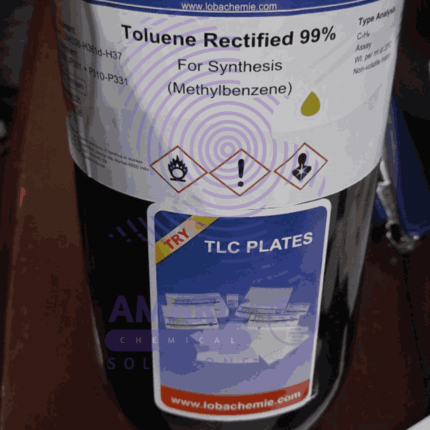
Toluene 2.5 liters
$1,745.00 Original price was: $1,745.00.$1,600.00Current price is: $1,600.00.

Universal Solution Indicator pH 4-11
$3,500.00 Original price was: $3,500.00.$3,000.00Current price is: $3,000.00.
Universal pH chart 1 to 14
$150.00 Original price was: $150.00.$100.00Current price is: $100.00.
Whatsapp Order
A Universal pH chart is a visual tool used to determine the pH level of a solution, indicating its acidity or alkalinity. The pH scale ranges from 0 to 14, with 7 being neutral. Values below 7 indicate acidity, while values above 7 indicate alkalinity. The chart is typically color-coded, with each color corresponding to a specific pH value.
How to Use the Universal pH Chart:
- Obtain a pH indicator: This can be in the form of pH paper strips or a liquid pH indicator solution.
- Test the solution: Dip the pH paper strip into the solution or add a few drops of the liquid indicator to the solution.
- Observe the color change: The pH paper or solution will change color based on the pH level of the solution.
- Compare the color: Match the resulting color to the corresponding color on the Universal pH chart to determine the pH value of the solution.
SKU:
ACS27926CHEM0
Category: Special Laboratory Equipment
Description
Table of Contents
ToggleUses of Universal Ph Chart
1. Educational Purposes
- Teaching Chemistry and Biology: It helps students understand the concept of pH, acidity, and alkalinity. Practical experiments involving pH testing can enhance learning.
- Laboratory Exercises: Used in school and university labs for experiments involving chemical reactions, where pH is a crucial parameter.
2. Environmental Science
- Water Quality Testing: Monitoring the pH of natural water bodies (rivers, lakes, oceans) to assess pollution levels and ecosystem health.
- Soil Testing: Determining soil pH to understand soil chemistry and fertility, which is vital for agriculture and gardening.
3. Healthcare and Medicine
- Medical Diagnostics: Testing pH of bodily fluids like urine and blood can help diagnose various health conditions. For instance, urine pH can indicate metabolic or kidney disorders.
- Pharmaceuticals: Ensuring the pH of medications is within a safe and effective range.
4. Food and Beverage Industry
- Quality Control: Monitoring the pH of food and beverages to ensure product safety, taste, and shelf life. For example, the fermentation process in dairy, brewing, and pickling relies on specific pH levels.
- Food Safety: Checking the pH of food products to prevent bacterial growth and contamination.
5. Industrial Applications
- Chemical Manufacturing: Ensuring the correct pH in chemical processes, which can affect reaction rates, product quality, and safety.
- Cosmetics: Formulating products like soaps, shampoos, and skincare items to ensure they are safe and effective for use on skin.
6. Aquariums and Aquaculture
- Aquarium Maintenance: Monitoring and maintaining the pH of aquarium water to ensure a healthy environment for aquatic life.
- Fish Farming: Managing the pH of water in fish farms to optimize conditions for fish health and growth.
7. Agriculture
- Fertilizer Application: Adjusting the pH of soil through the use of lime or sulfur to improve crop yields.
- Hydroponics: Maintaining the correct pH of nutrient solutions to ensure optimal plant growth in soilless cultivation.
8. Household Uses
- Swimming Pools: Regularly testing and adjusting the pH of pool water to maintain clear, safe water and prevent damage to pool surfaces and equipment.
- Cleaning Solutions: Ensuring that cleaning products have the appropriate pH for their intended use, for example, acidic solutions for removing lime scale.
9. Research and Development
- Scientific Research: Investigating the properties of new materials, chemicals, and biological substances by measuring their Ph.
- Product Development: Formulating new products in industries like cosmetics, food, and pharmaceuticals where pH is a critical factor.
Reviews (0)
Be the first to review “Universal pH chart 1 to 14” Cancel reply
Related products
Balance Bathroom Scale
$0.01
Balance lever
$0.01
The best definition of a balance lever is a simple machine that consists of a rigid bar or beam that pivots around a fixed point called the fulcrum. It is used to compare the weights or forces of two objects and determine if they are in equilibrium (balanced) or if one side is heavier than the other (unbalanced).
The balance lever operates on the principle of torque, where the torque (rotational force) exerted on one side of the fulcrum is equal to the torque on the other side when the system is in equilibrium. This principle is expressed by the formula: Torque = Force × Distance from fulcrum.
By placing known masses or weights on one side of the lever and an unknown weight on the other side, the balance lever can be used as a weighing scale. When the lever is in balance, the two sides are equal in weight or force. This concept has been widely used in various applications, from traditional weighing scales to more complex systems like seesaws or construction equipment.
balance spring
$0.01
Barlows wheel apparatus
$0.01
The Barlow's wheel apparatus is an experimental device used to demonstrate the conversion of electrical energy into mechanical energy through electromagnetic principles. It consists of a horizontal wheel or disk with radial metal spokes attached to its center. The wheel is mounted on an axle, allowing it to rotate freely.
beaker hysil
$0.01
A glass beaker is a cylindrical, open-top container made of glass, typically with graduated volume markings on its side. It is commonly used in laboratories for holding, mixing, and heating liquids, as well as for performing various experiments and chemical reactions. Glass beakers come in various sizes and are designed to provide easy observation of the contents and to withstand temperature changes without significant deformation or chemical interaction with the substances being used.
Beaker Plastic
$0.01
A plastic beaker is a laboratory container made from plastic material, typically featuring a cylindrical shape with a flat bottom and a spout or pouring lip. It is used for holding, measuring, and mixing liquids or substances during various scientific experiments, research, or educational activities. Plastic beakers come in a range of sizes and are designed to withstand various chemicals and temperatures, making them versatile tools in laboratory settings.
Bernoulli Tube Apparatus
$0.01
The Bernoulli tube apparatus, also known as a Venturi tube apparatus, is a scientific device used to demonstrate the principles of fluid dynamics, particularly the Bernoulli's principle. It consists of a specially shaped tube with a constricted region, often referred to as a Venturi section. When fluid (liquid or gas) flows through the tube, the constricted section leads to changes in pressure and velocity according to Bernoulli's principle, which states that as the velocity of a fluid increases, its pressure decreases and vice versa. This apparatus is commonly used in educational settings to visually illustrate how the flow of a fluid can affect its pressure, helping to explain various phenomena like lift in aircraft wings, fluid flow through pipes, and more.



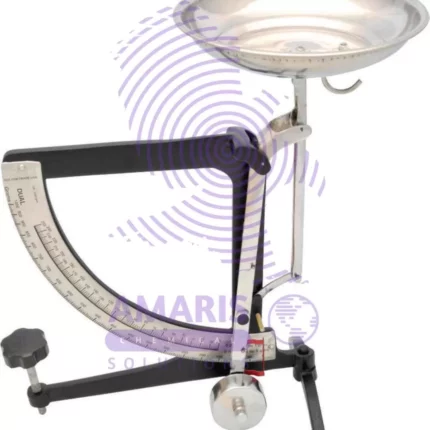
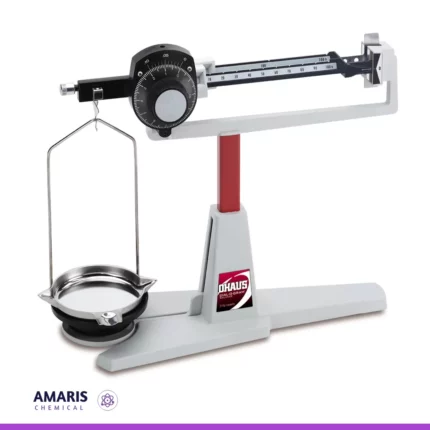


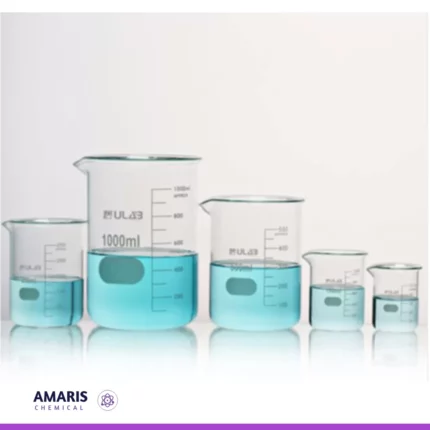
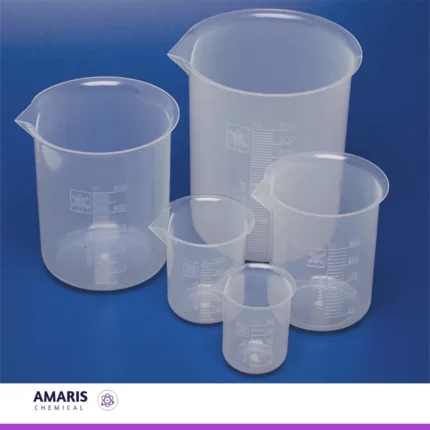














Reviews
There are no reviews yet.